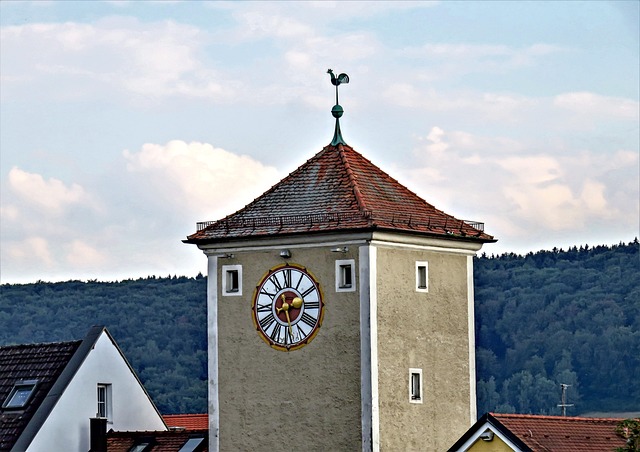In real estate, authenticity builds stronger connections between buyers/renters and homes, fostering community and belonging. In an era of manipulated digital images, transparency is key. Balancing modern updates with historical integrity appeals to current tastes while preserving value for future generations. Successful strategies involve understanding local context, integrating smart technology alongside historic details, and engaging local experts to honor cultural heritage, creating vibrant hubs that cater to modern lifestyles while respecting distinct surroundings.
In today’s real estate landscape, balancing modern updates with authenticity is paramount. As markets evolve, preserving a property’s core values while incorporating contemporary amenities can enhance its appeal and marketability. This article explores the art of defining authenticity in real estate, achieving a harmonious blend of old and new, and implementing strategies to safeguard its unique character during renovation. Discover how these approaches not only preserve history but also cater to modern living needs.
Understanding Authenticity in Real Estate: Defining the Core Values

In the realm of real estate, authenticity is more than just a trend; it’s a core value that resonates with modern buyers and renters. When we talk about authenticity in this context, we’re referring to the genuine representation of a property’s character, history, and unique features. It goes beyond aesthetics to encompass the emotional connection that people have with spaces they call home. In today’s digital era, where images can be easily manipulated, maintaining transparency is crucial. Authentic real estate listings offer a breath of fresh air, providing an honest look at properties without exaggerated claims or hidden surprises.
Defining the core values of authenticity in real estate involves acknowledging the importance of preserving history, respecting cultural significance, and celebrating diverse architectural styles. It means showcasing the charm of older homes with their intricate details, as well as highlighting the innovative design choices that make modern properties stand out. By balancing contemporary updates with historical integrity, real estate professionals can create living spaces that not only appeal to current tastes but also hold value for future generations. This approach fosters a sense of community and belonging, ensuring that our built environment remains a testament to our shared history and evolving identities.
Incorporating Modern Updates: Striving for a harmonious blend

In today’s dynamic real estate market, incorporating modern updates is essential to stay competitive. However, it’s crucial to achieve a harmonious blend that respects the authentic character of a property and its surrounding environment. Updates should enhance the living experience without compromising the unique charm that draws buyers or tenants in the first place.
A thoughtful approach involves understanding the property’s historical significance and local context. Modern amenities can be strategically integrated, such as energy-efficient systems or smart home technology, while preserving original architectural details or landscaping features that define its identity. This balance ensures that the real estate offering appeals to both current tastes and future buyers, creating a lasting appeal that transcends fleeting trends.
Strategies to Preserve Authenticity While Embracing Change

In today’s dynamic real estate market, where modern updates and trendy amenities are in high demand, preserving authenticity can be a delicate balance. One effective strategy is to integrate new elements seamlessly into existing structures, respecting the original architecture and character of the property. This approach involves careful curating of design choices that complement the building’s history while meeting contemporary needs. For instance, incorporating modern fixtures alongside historic features creates a unique blend that appeals to both traditionalists and those seeking a more contemporary living experience.
Additionally, engaging local experts and preserving community narratives can fortify the authenticity of a space. Collaborating with architects and designers who understand the area’s cultural heritage ensures that any changes are respectful of the neighborhood’s identity. By integrating stories and traditions from the past, real estate developments can become vibrant hubs that not only cater to modern lifestyles but also honor the distinct character of their surroundings.






